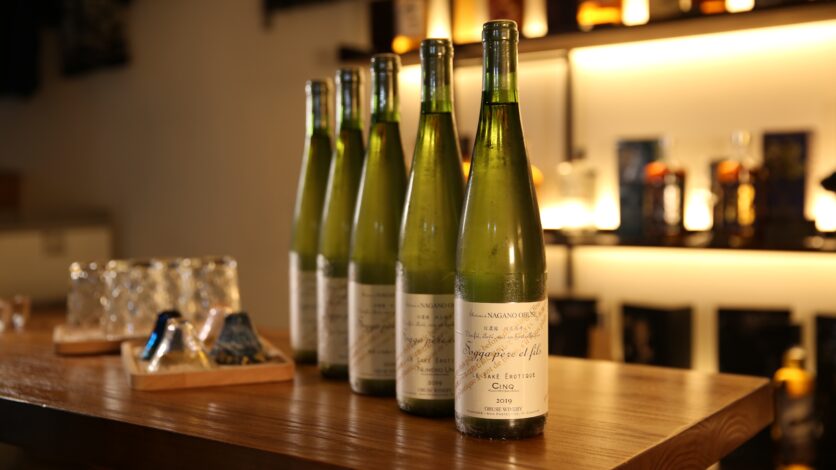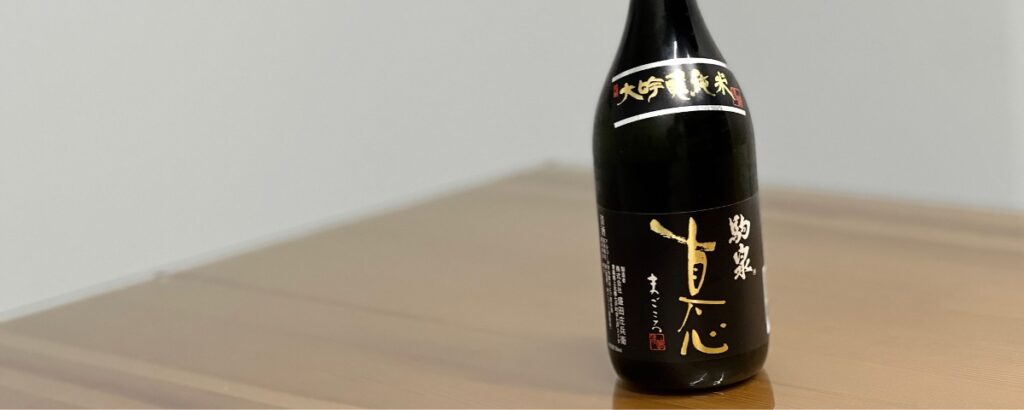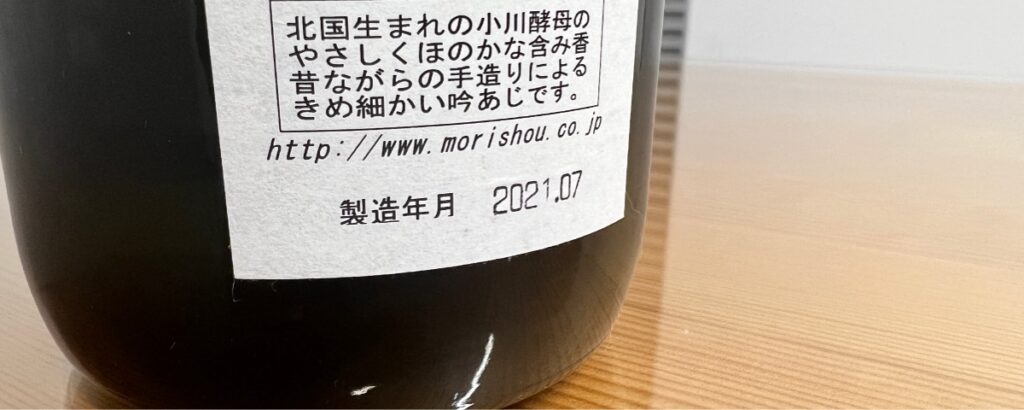
Serving
The Best Before Date and the Date of Production
We seldom find the best before date on Sake bottles. Instead, they frequently provide the date of production. Why? Without a specified best before date, does it mean the flavour of Sake last forever…? Best before date does not exist for Sake…?
Let us examine what ‘date of production’ means to Sake.
No Best Before Date for Sake?

Simply speaking, there are no descriptions of best before dates on Sake bottles because it is not required by Japanese law. Alcoholic beverages are exempted from the restrictions to stamp the best before dates.
However, unfortunately the tastes do NOT remain the same forever. Majority of breweries recommend the duration of storage as following:
(Normal) Sake with pasteurization
Best before date = The date of production + 1 year
Nama-zake without pasteurization
Best before date = The date of production + 6/7 months
Nama-zake, meaning raw-Sake is the Sake without pasteurization process.
Koji and Kobo yeast remain alive inside the bottle of Nama-zake, so the flavours are unstable. Therefore the best before date for Nama-zake tends to set shorter to avoid the deterioration of the flavours.
Consequently, a large part of Nama-zake is consumed in Japanese domestic market, and it can be rarely found overseas due to the time and care required for the transportation.
For these technical reasons, most of Sake sold overseas pass the process of pasteurization, “Hi-ire”. Hi-ire literally means “pushing fire in”.
Hi-ire is a process to increase the temperature up to 60-65 degrees Celsius. It usually happens twice; the first time when the Sake finishes its fermentation, and the other time just prior to the bottling. Through the process of Hi-ire, koji and kobo yeast are destroyed, thus their activities are paused in the bottle.
There are a certain types of lactic acid bacteria which are heat-resistant. These bacteria, failing to be eliminated, can remain active even in a high-alcohol environment, and undesirably increases the lactic acidity. Sake ends up turning sour under these conditions.
In brief, Hi-ire is important to maintain the flavours of Sake, preventing the deterioration of its balance.
On a separate note, the variations of Nama-zake include Honnama-zake (omitting both the 1st and 2nd pasteurization), Namachozo-shu (omitting the 2nd pasteurization), and Namazume-shu (omitting the 2nd pasteurization). If you happen to find them, I recommend you try comparing the differences in the tastes.
What is the “Date of Production”?

It is mandatory in Japan to stamp the date of production. Have you thought of the real meaning of the “Date of Production”?
This is not equal to the date when Sake finished its fermentation. If we have a close look at the labels on Sake, some bottles may have a note with “Year of Fermentation”. Things are a little confusing, so let me summarize the differences.
The Date of Production is the date when fermented Sake is bottled, and when it departs the brewery. Specifically speaking, there are cases we cannot tell if the Sake is freshly made, or produced 10 years ago but only recently bottled to be shipped. Therefore, the bottles of old Sake, Koshu tend to carry both the date of production and the years of fermentation on labels to avoid the confusion.
This tricky rule attributes to the taxing system which dates back to the early 1900. The point of taxation shifted from the completion of production to the date of shipment. Thereafter the date of bottling is an official date of production which appears on Sake labels.
ikki is looking for a partner who can post your knowledge or activity on our media. If you are interested please contact us through CONTACT page.







